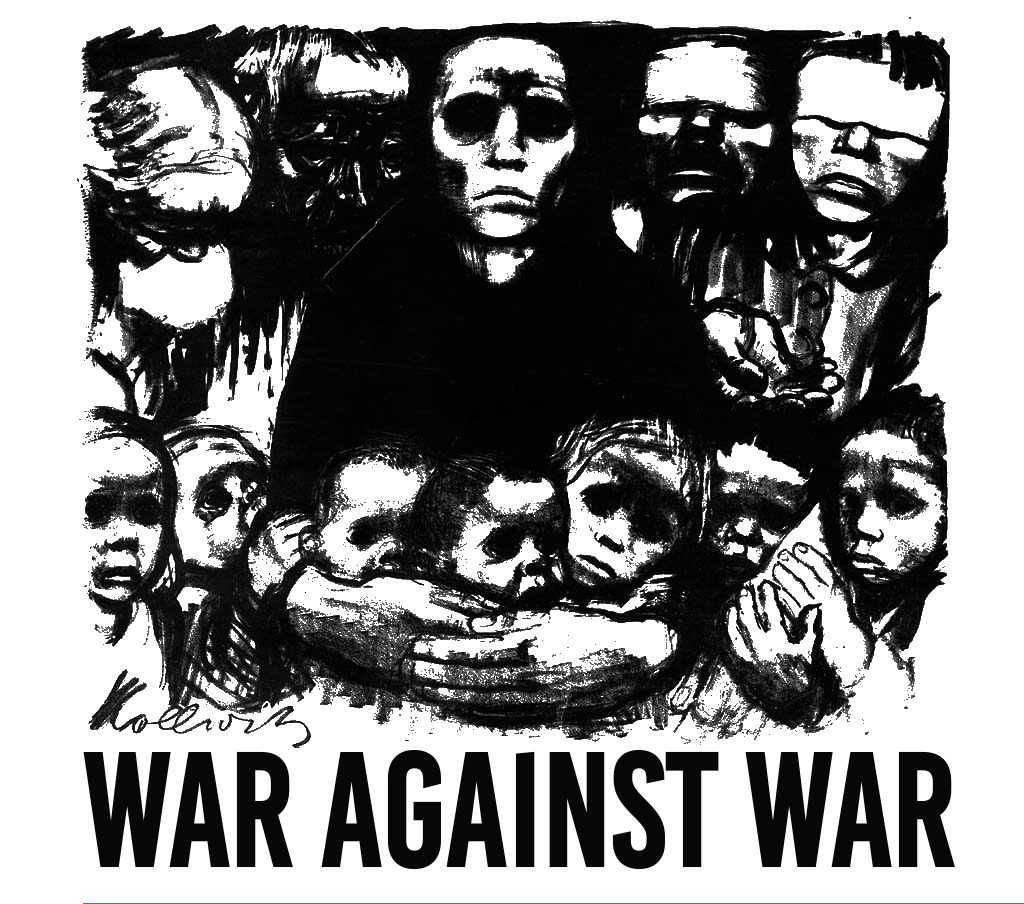Abstract
Recent scholarship has challenged a simplistic transmission model of the diffusion of nonviolence within the American civil rights movement. Yet many historical studies remain focused on the spread of content communicated by experts and, in particular, on the relative degree to which activists adhered to what Gandhi called ahimsa, a term that is often translated as “non-harm” or “non-violence,” but which carried a range of meanings for Gandhi and many of his colleagues. This essay, by contrast, focuses on “satyagraha,” a word that literally means “holding firm to the truth,” and that Gandhi popularized out of frustration with the label “passive resistance.” I use a range of historical sources, including audio recordings of civil rights workshops at the Highlander Folk School, to reveal the limitations of an ahimsa-based conception of the diffusion of nonviolence and to explore an alternative, satyagraha-based understanding of nonviolent education within the civil rights movement. I argue that the “translation” of satyagraha played a key role in the struggle against American racism, and suggest that future scholarship should explore the centrality of translation to nonviolence as both philosophy and method.
This was originally published on Wiley: Peace & Change: Table of Contents.
